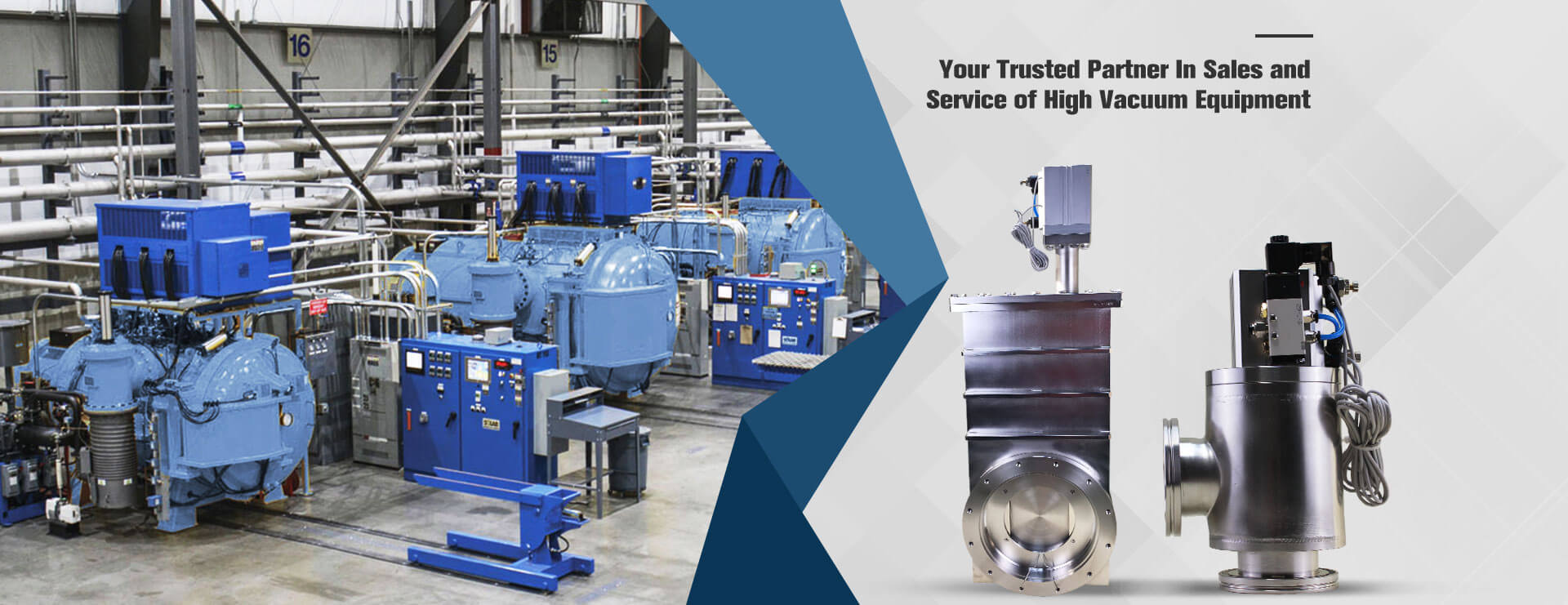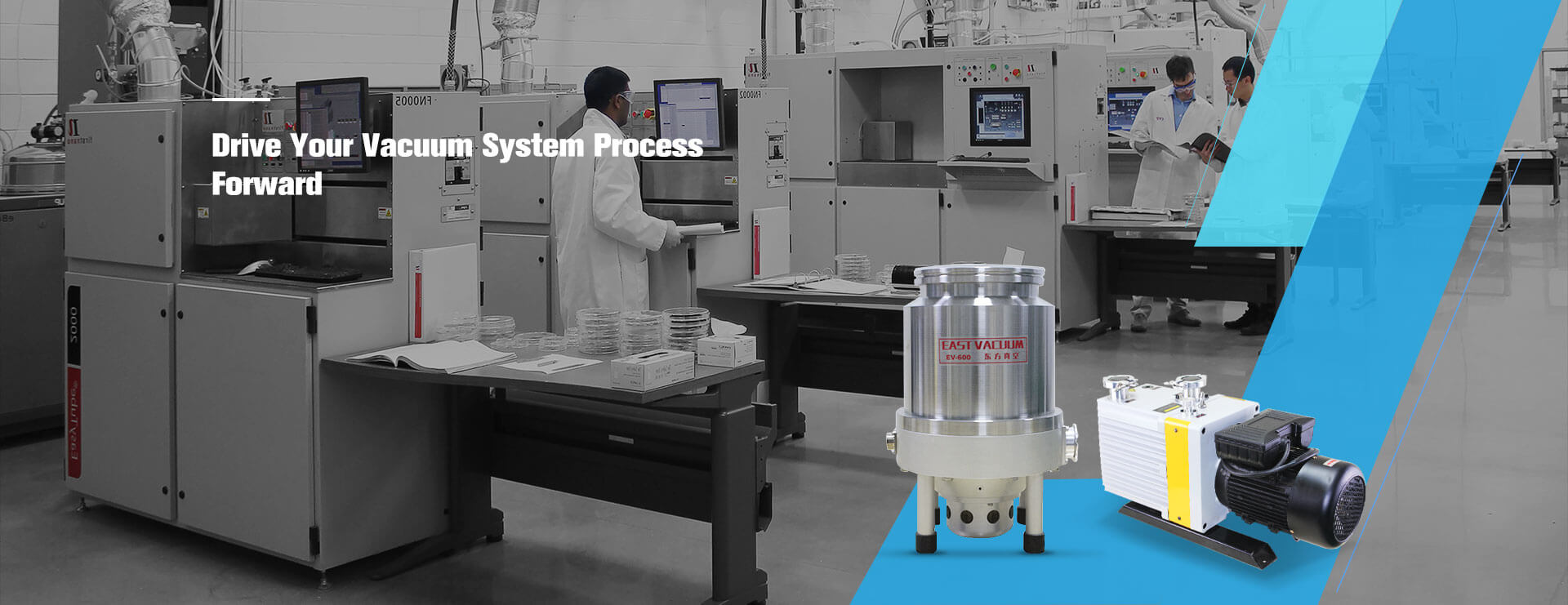Rotary vane vacuum pumps are used as oil sealed pumps most of the time. During the use, some oil and gas will be expelled together with the pumped gas, resulting in oil spray. Therefore, rotary vane vacuum pumps are usually equipped with oil and gas separation device at the outlet.
How can users determine whether the oil injection of the equipment is normal? How should abnormal oil spraying be solved?
We can use a relatively simple method to test the oil injection of a rotary vane vacuum pump. First, we need to make sure the oil level of the rotary vane vacuum pump meets the specification and run the pump at the ultimate pressure to keep the pump temperature stable.
Subsequently, a clean blank sheet of paper is placed at the outlet of the rotary vane vacuum pump (perpendicular to the direction of the air flow at the air outlet), about 200 mm. At this point, the inlet of the vacuum pump is fully opened to pump air and the time of appearance of the oil spot on the white paper is observed. The measured appearance time is the non-injection time of the vacuum pump.
It should be noted that the continuous operation of the vacuum pump at an inlet pressure of 100 kPa ~ 6 kPa to 6 kPa should not exceed 3 minutes. Also, after pumping air for 1 minute according to the above conditions, stop pumping air and observe the oil spot on the white paper.
If there are more than 3 oil spots with diameter greater than 1mm, the oil spraying situation such as rotary vane vacuum pump is unqualified. The solution of oil spraying problem of rotary vane vacuum pump we know that when the vacuum pump is shut down after pumping, a large amount of pump oil will be re-injected into the pump chamber because the pump chamber is under vacuum.
Some will fill the entire pump chamber and some can even enter the front tube where it is placed. When the pump starts again, the pump oil will drain in large quantities. When the pump oil is compressed, the temperature will rise and hit the valve plate, mostly in the form of small oil droplets. Under the push of large airflow, it can easily be carried out of the pump, causing the pump oil injection phenomenon.
To solve this problem, the pump chamber must be quickly inflated while the pump is off, which will destroy the vacuum in the pump chamber and prevent the pump oil from refilling. This requires a differential pressure valve to be installed at the pump port.
However, gas refill is very slow and the function of the differential pressure valve is only to prevent oil refill to the front of the differential pressure valve, which does not satisfy the purpose of preventing oil from entering the pump chamber.
Therefore, the inflatable opening of the differential pressure valve should be enlarged, so that the gas in the pump cavity can flow into it quickly, so that the gas pressure in the cavity can reach the pressure of the pump oil refilling pump cavity in a short period of time, thus reducing the amount of oil returned to the pump cavity.
In addition, a solenoid valve can be set on the oil inlet pipe of the pump chamber. When the pump is on, the solenoid valve opens to keep the oil line open. When the pump stops, the solenoid valve closes the oil line, which can also control the return oil.
Disclaimer: The copyright of the article belongs to the original author. If the content, copyright and other issues are involved, please contact us to delete!
Post time: Feb-15-2023




